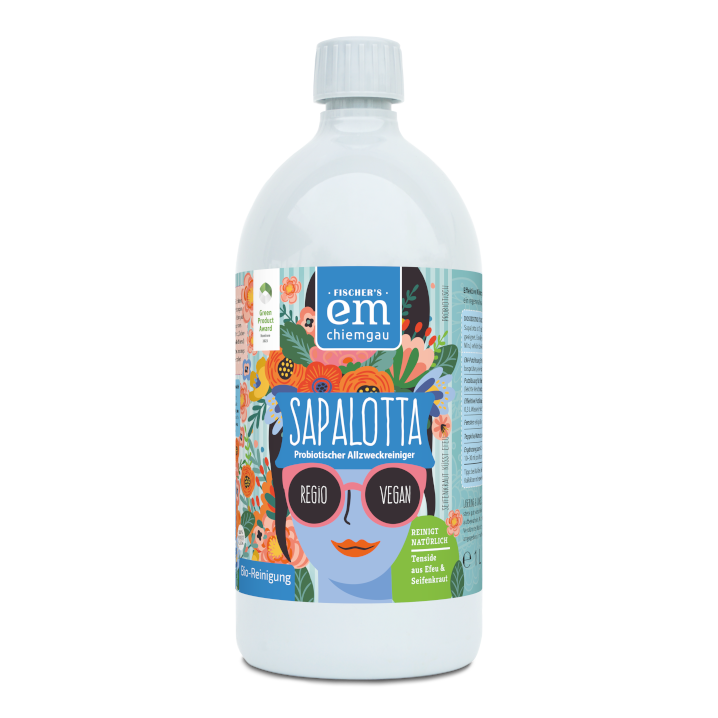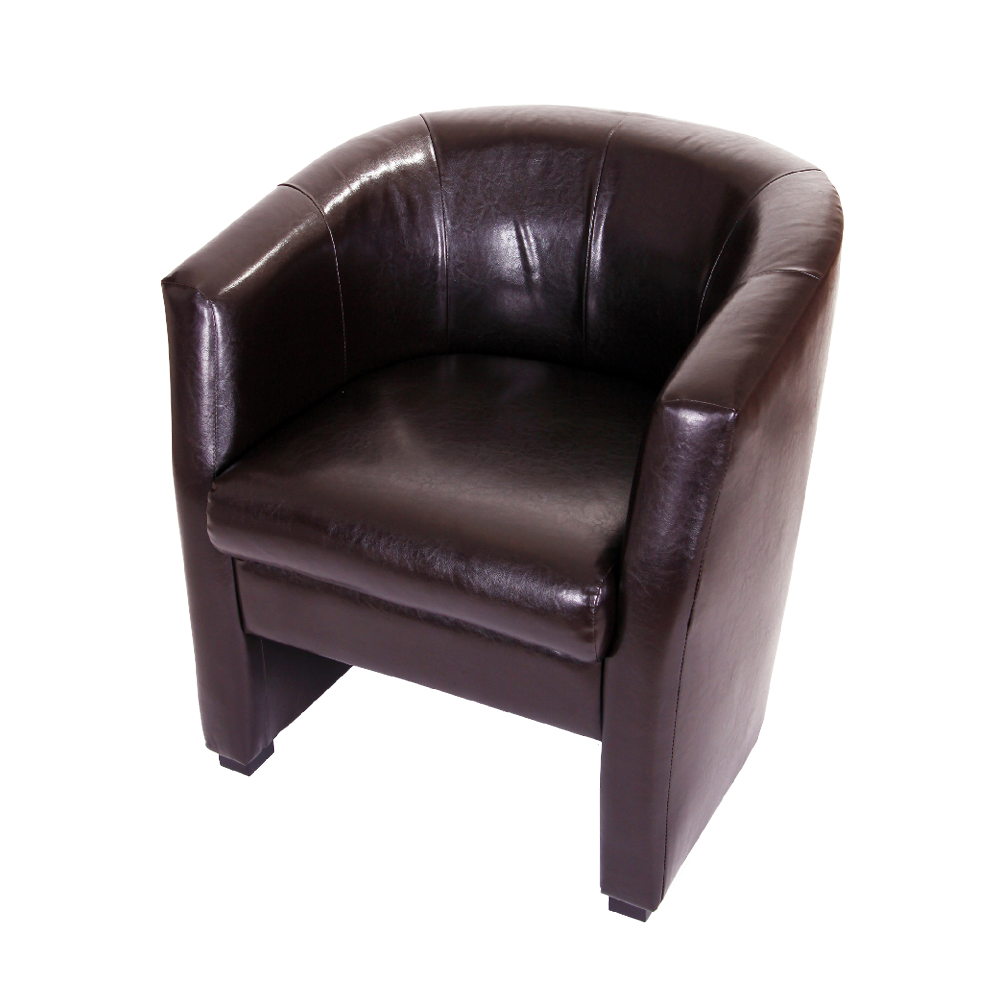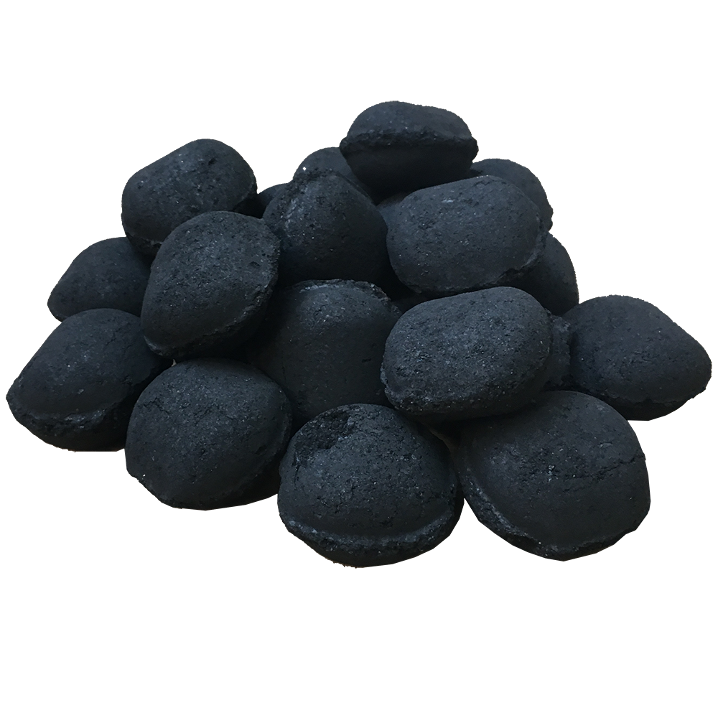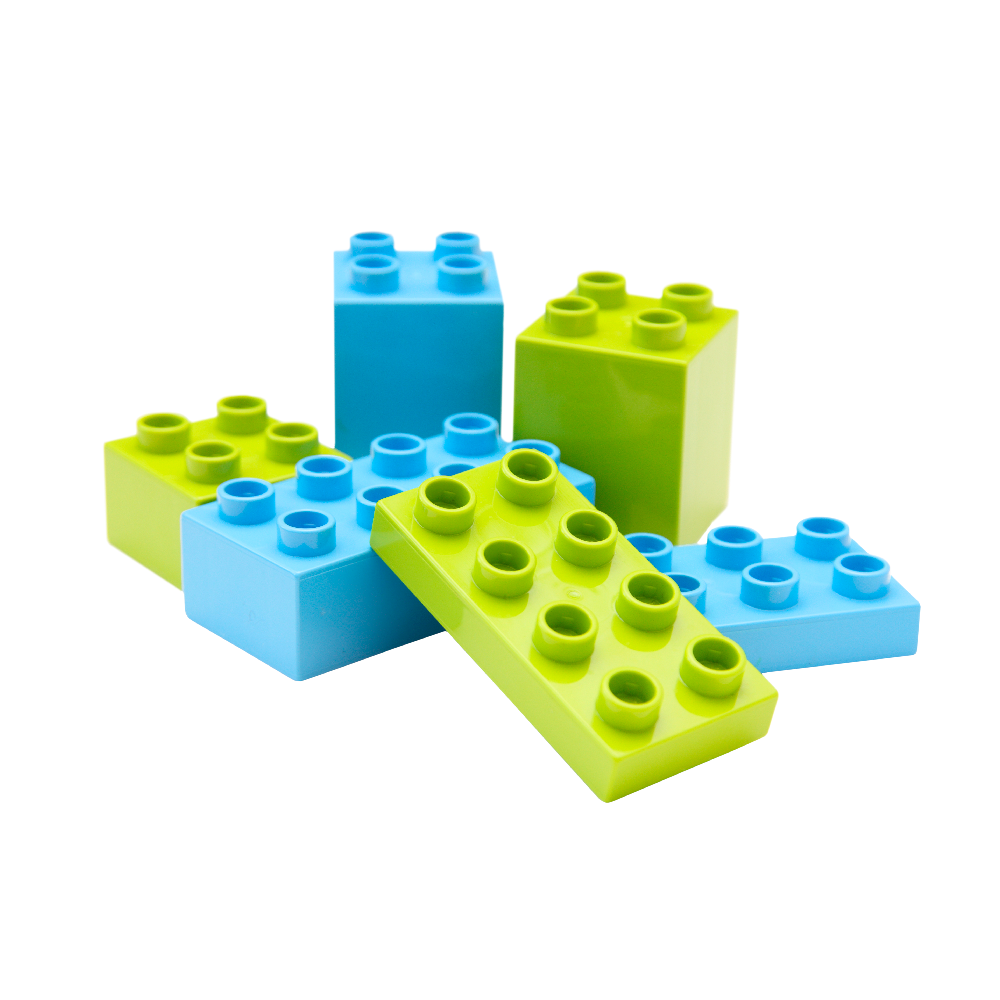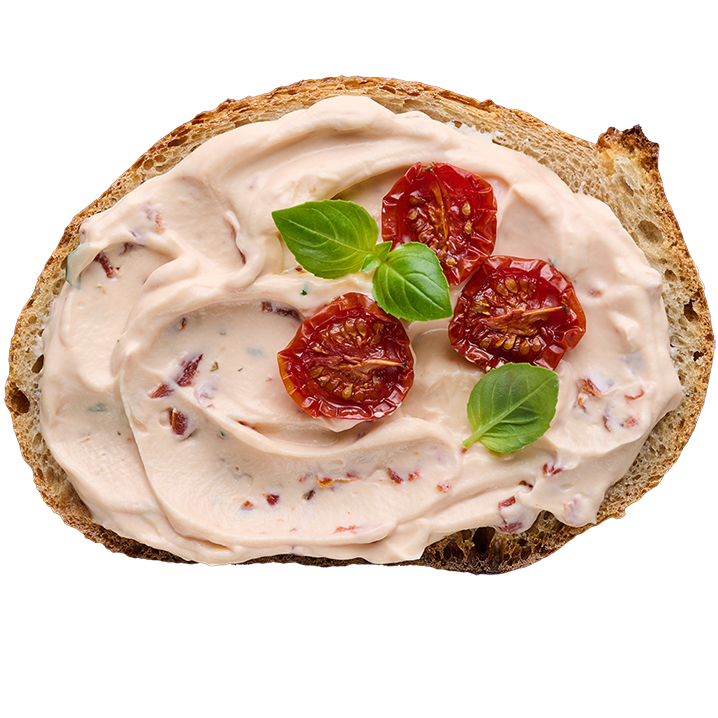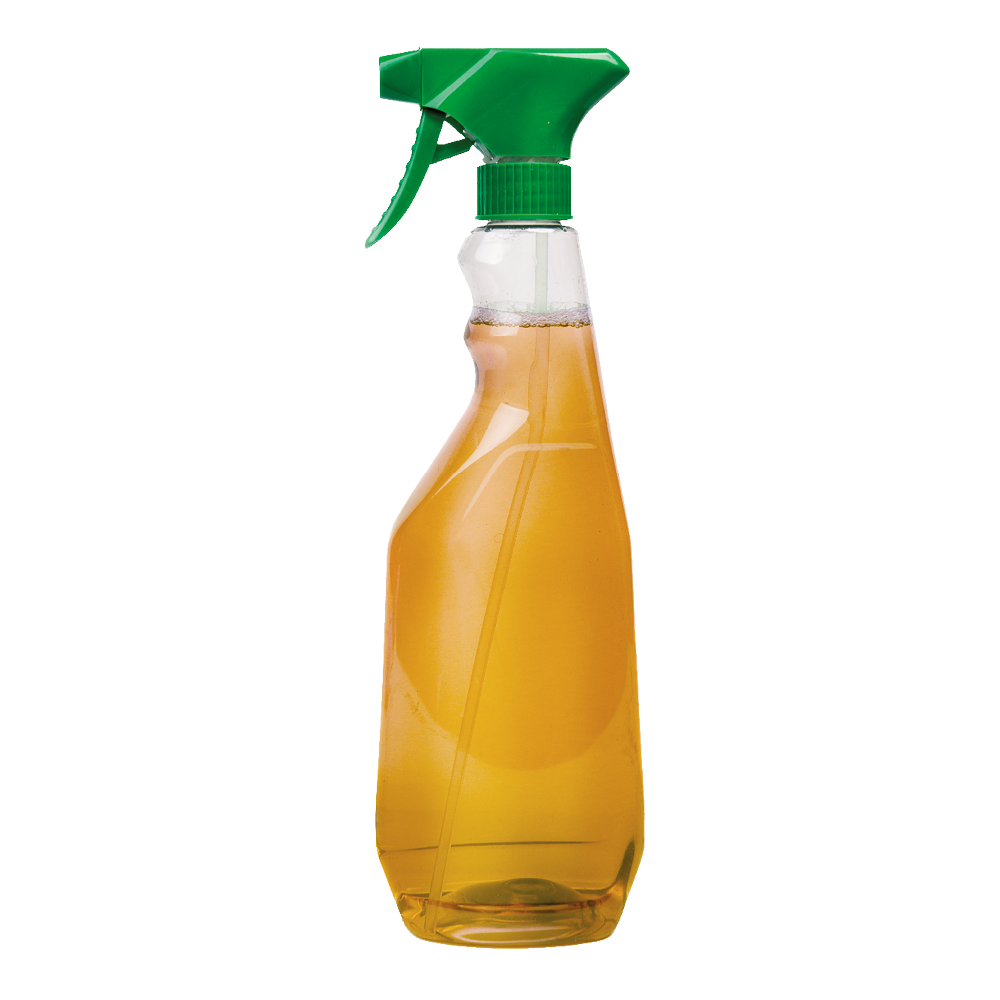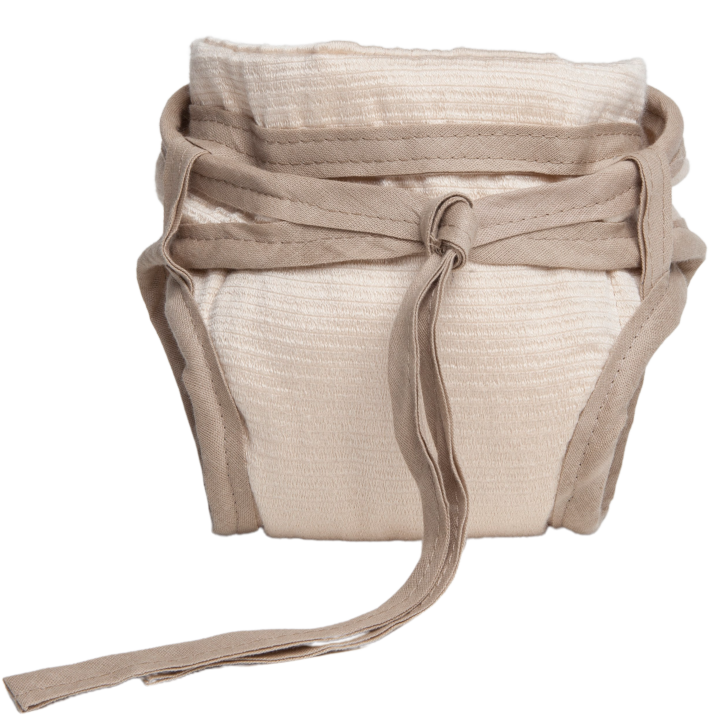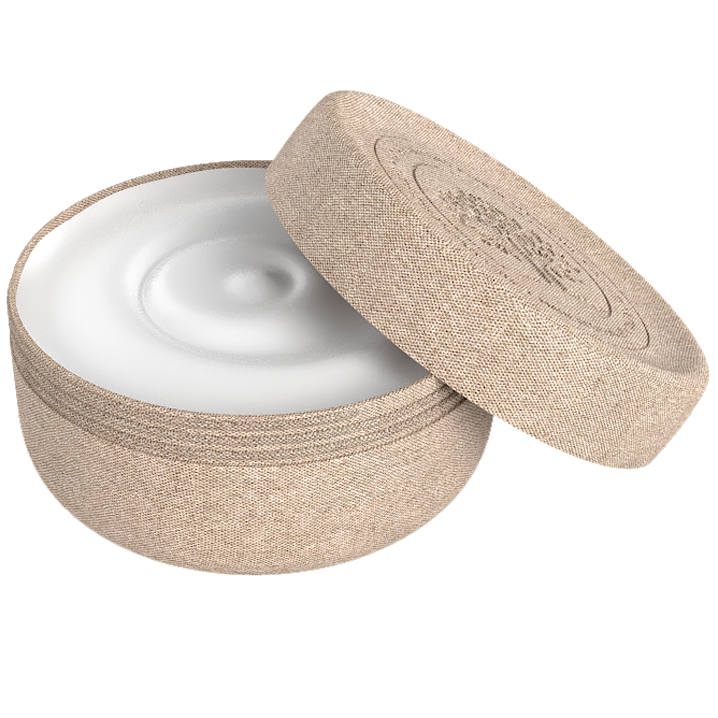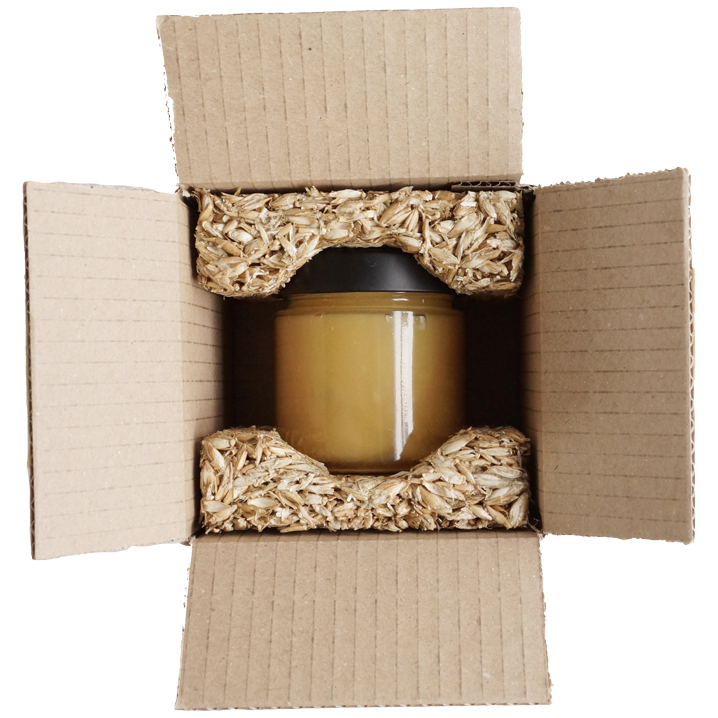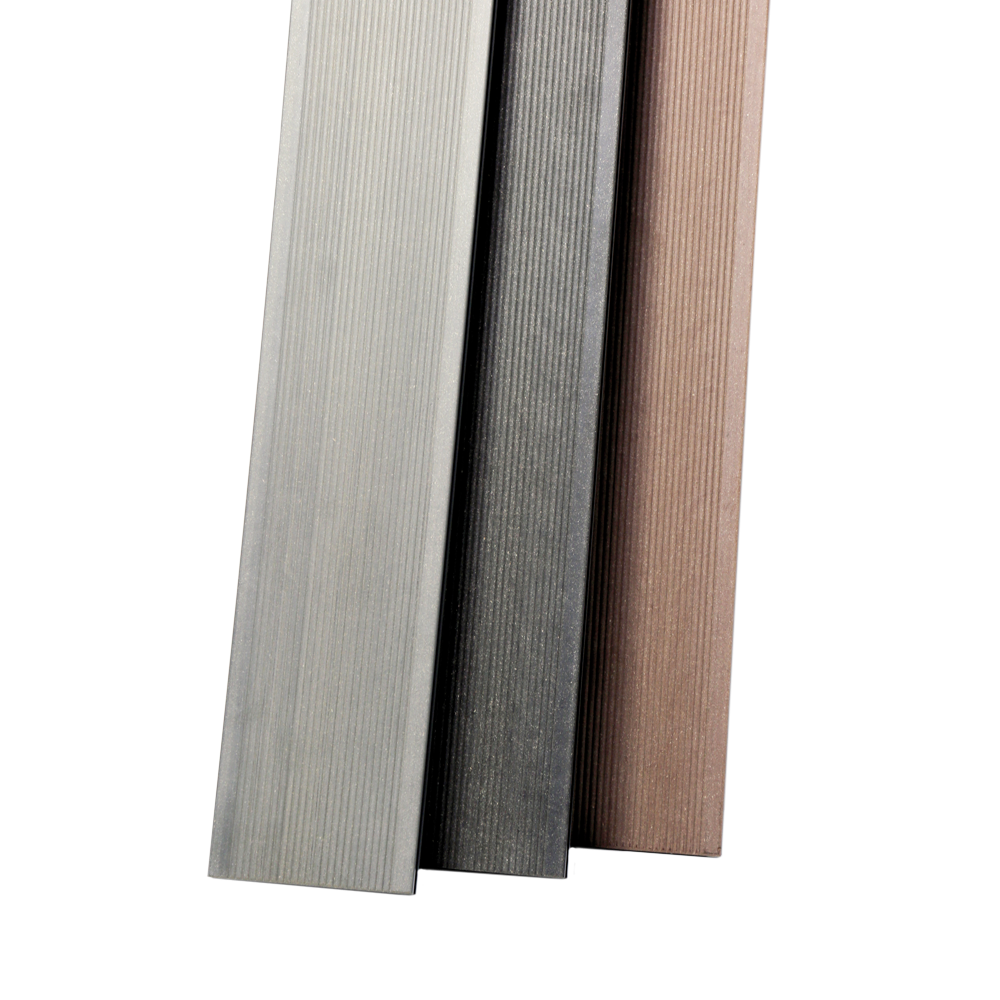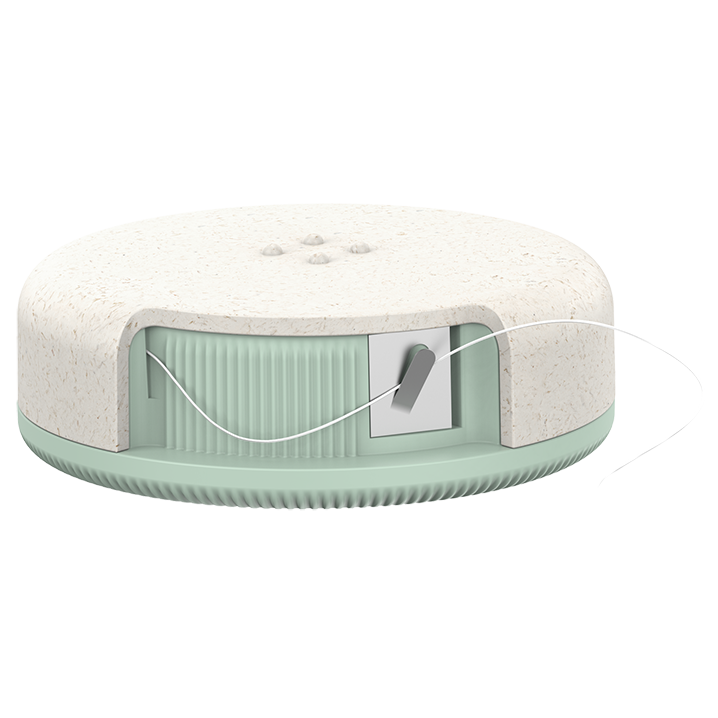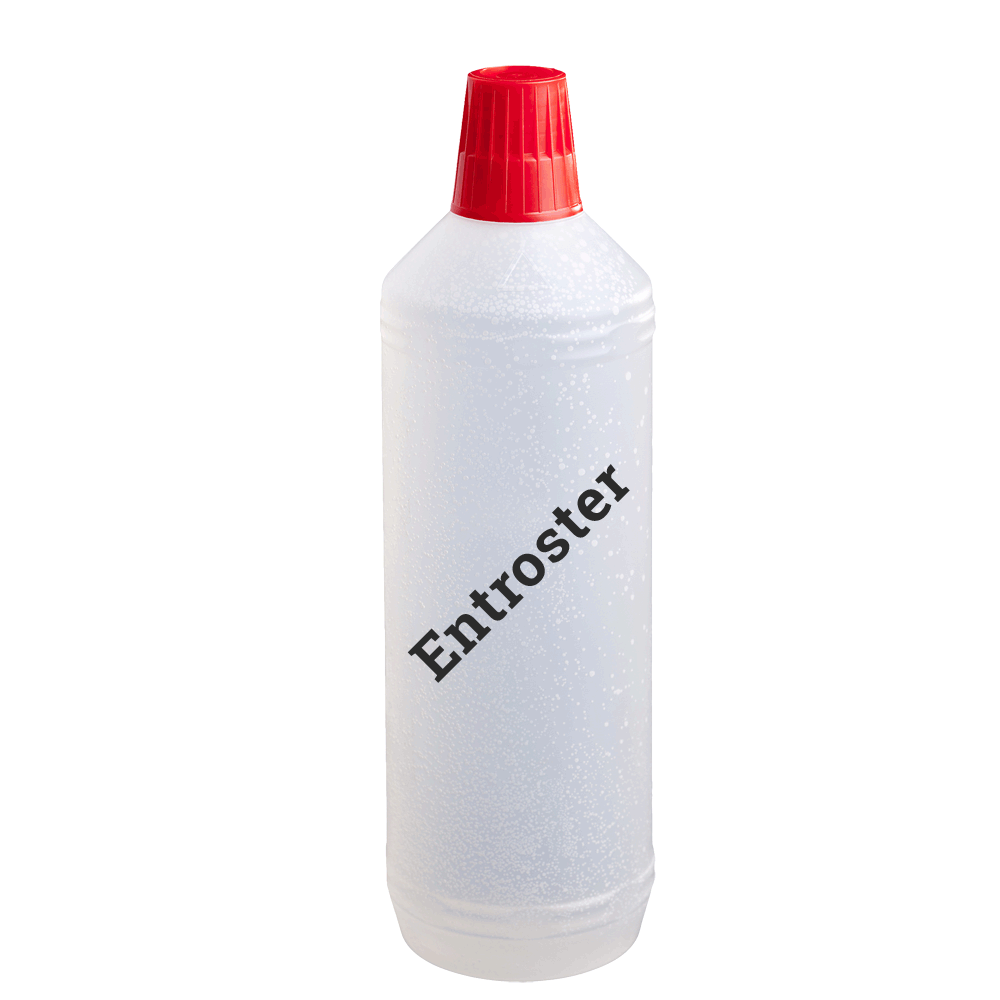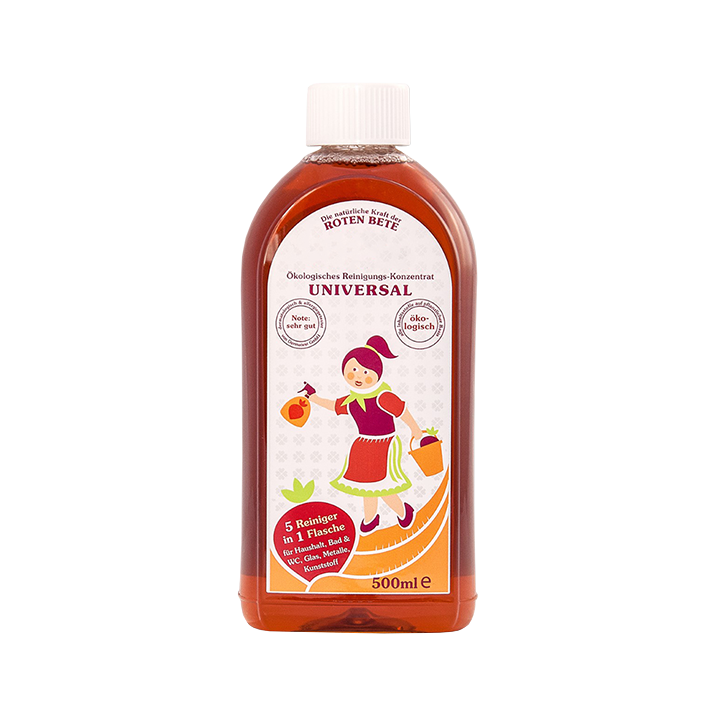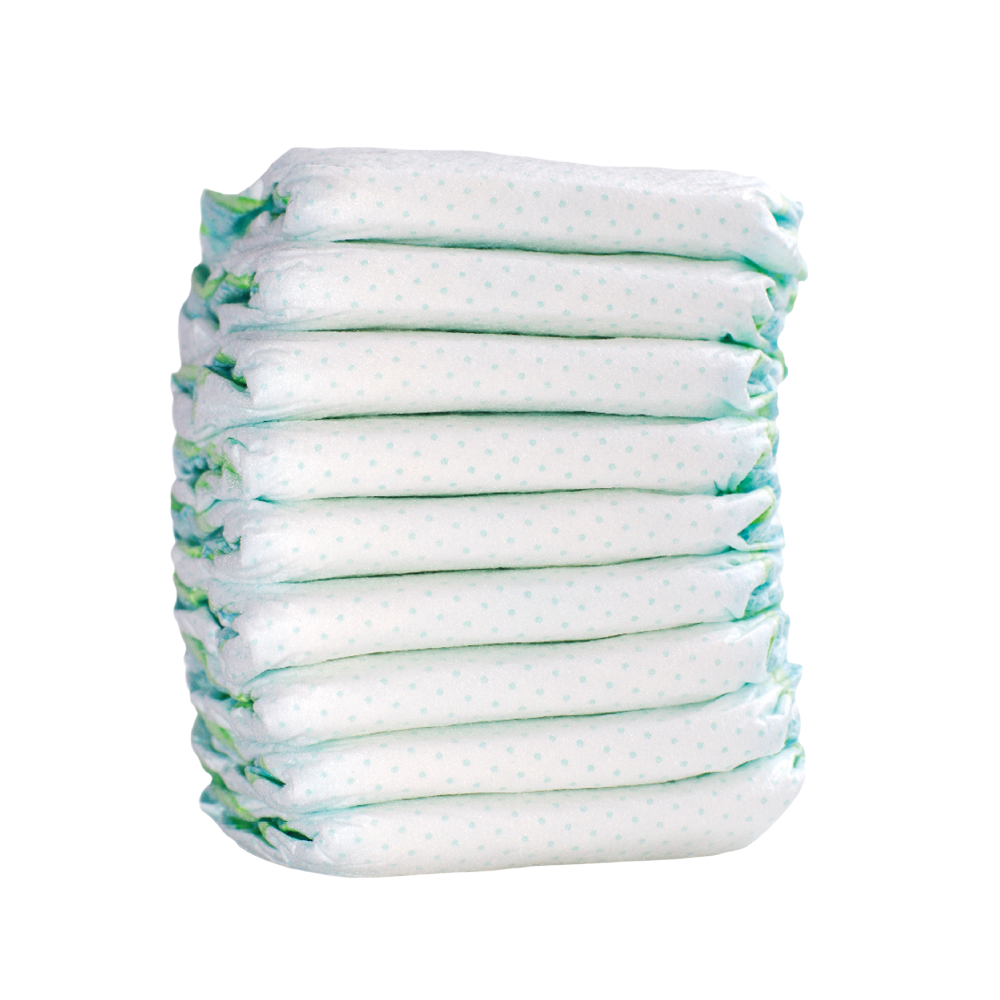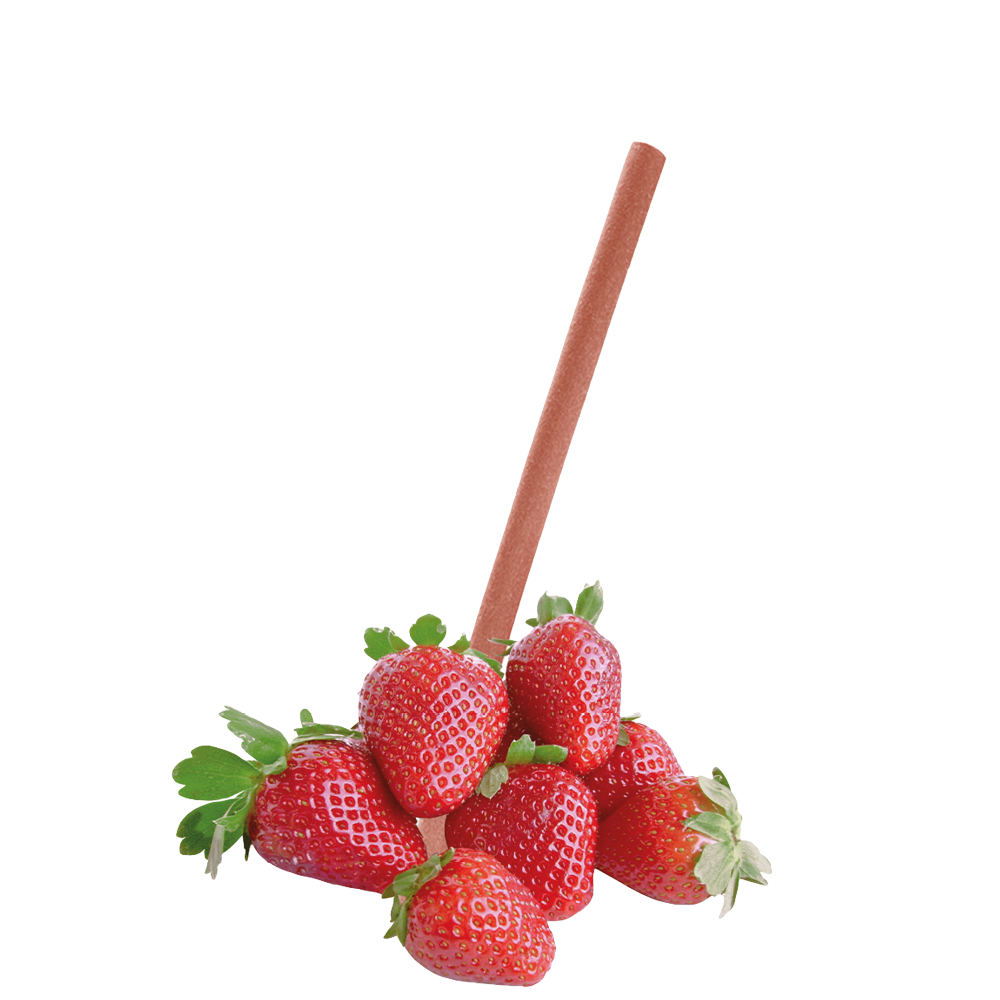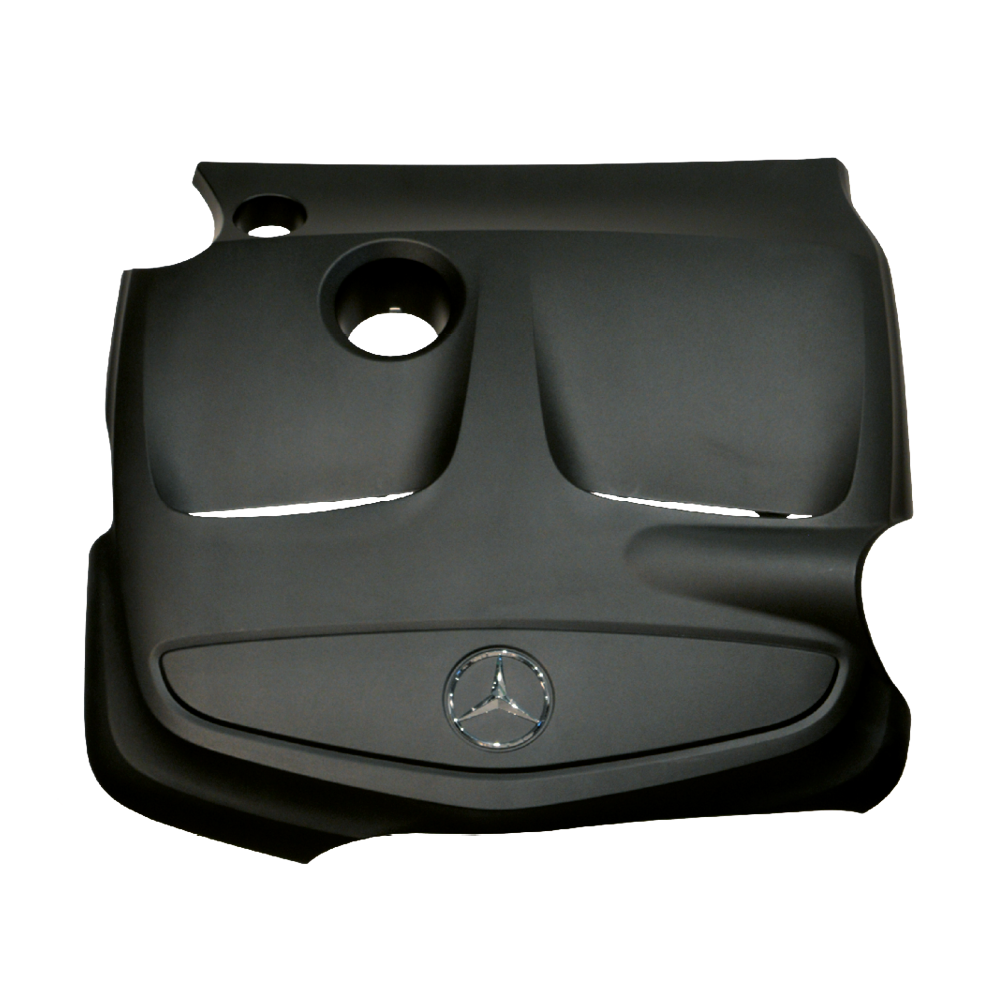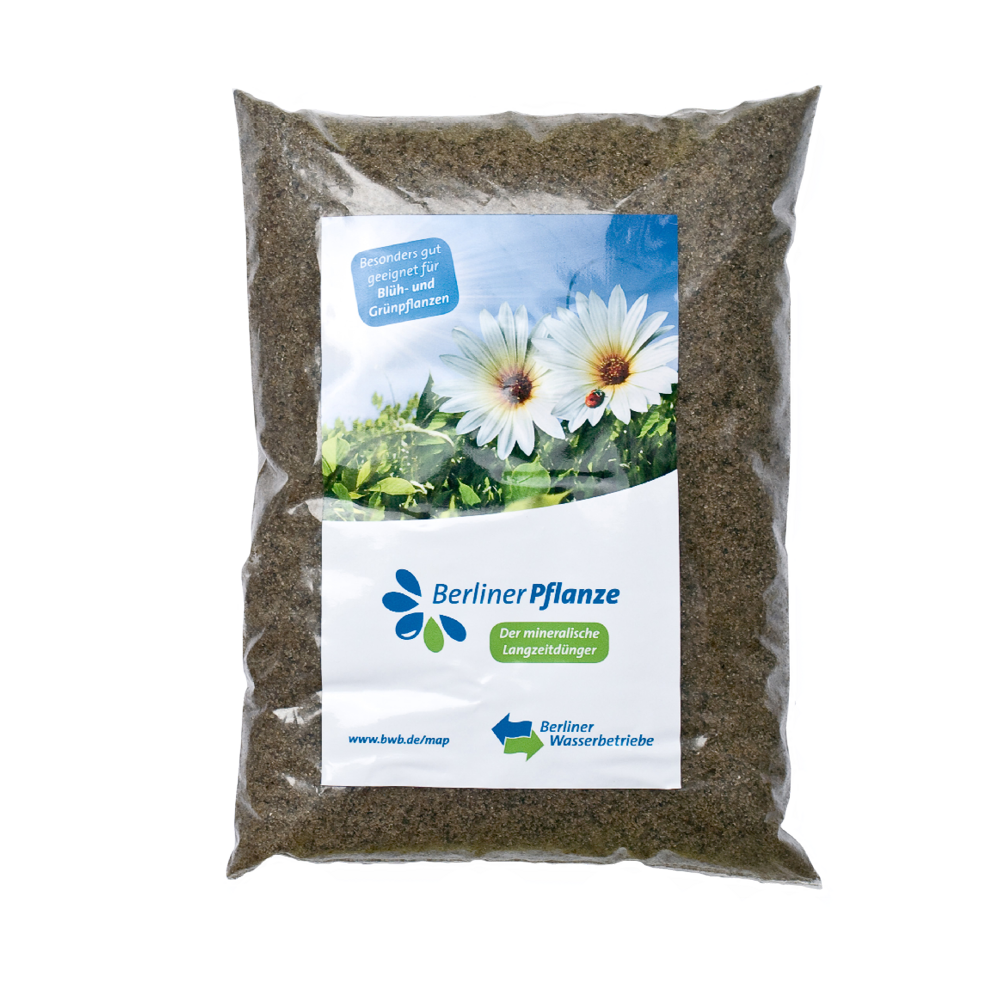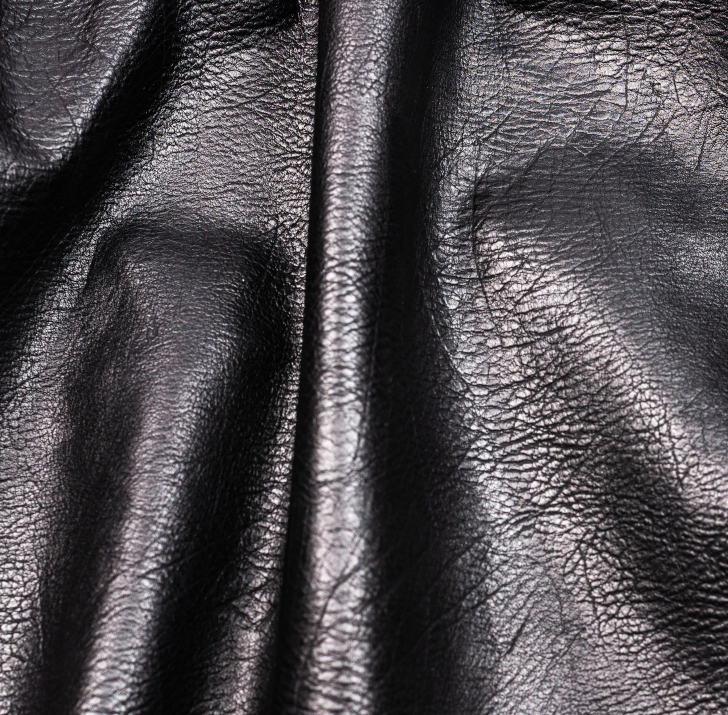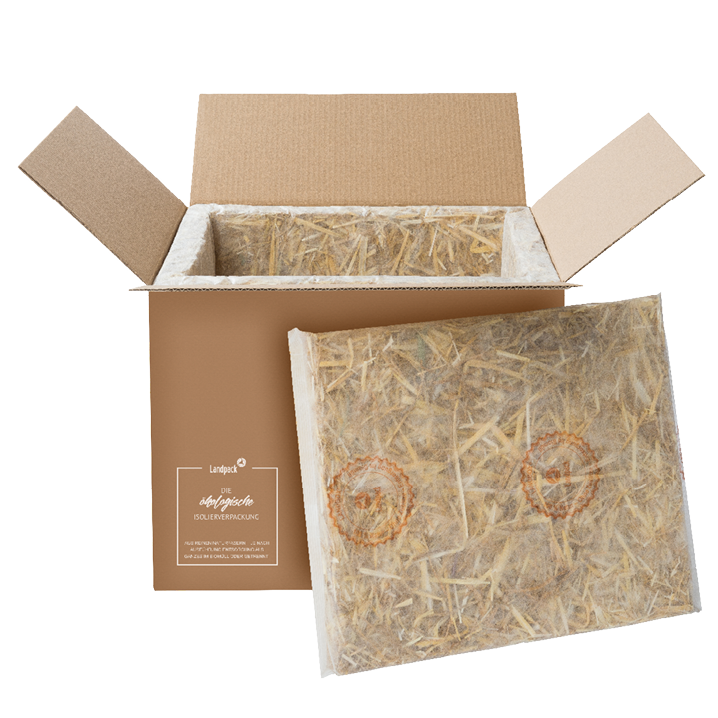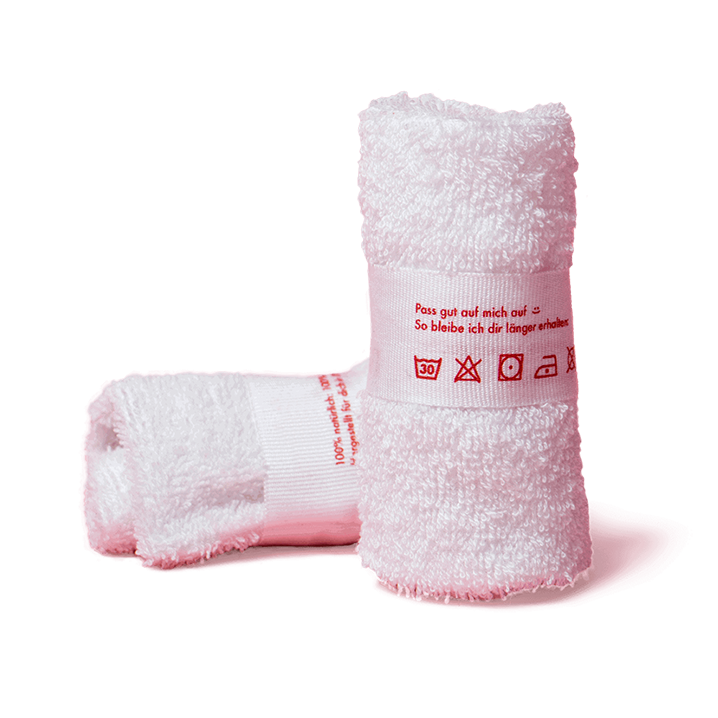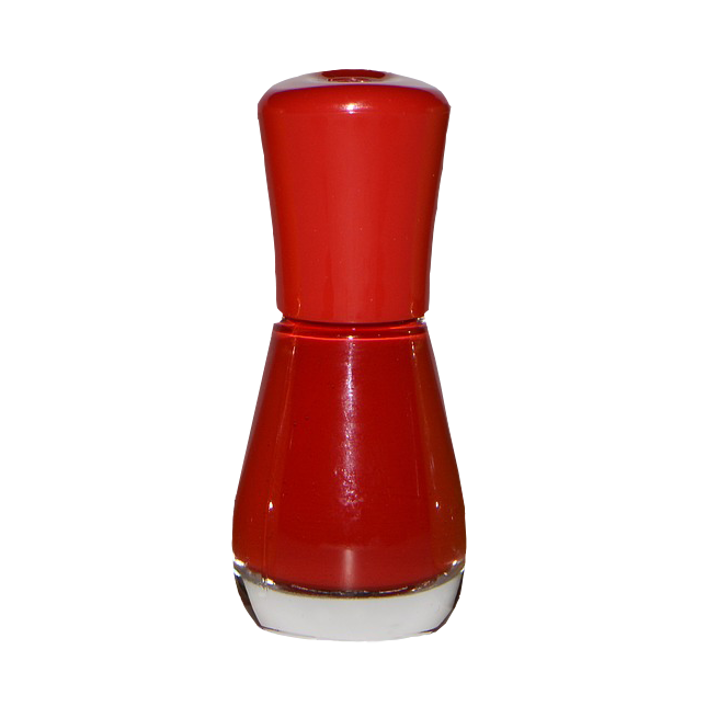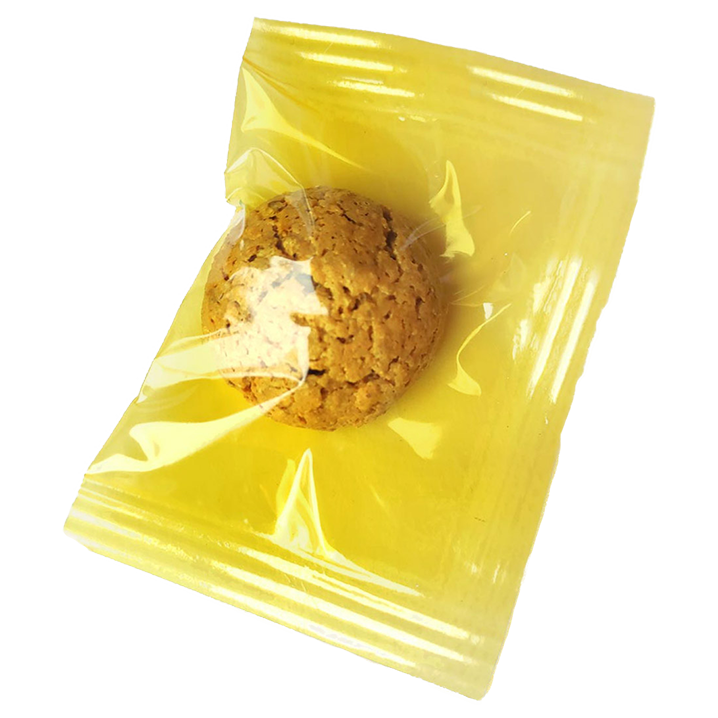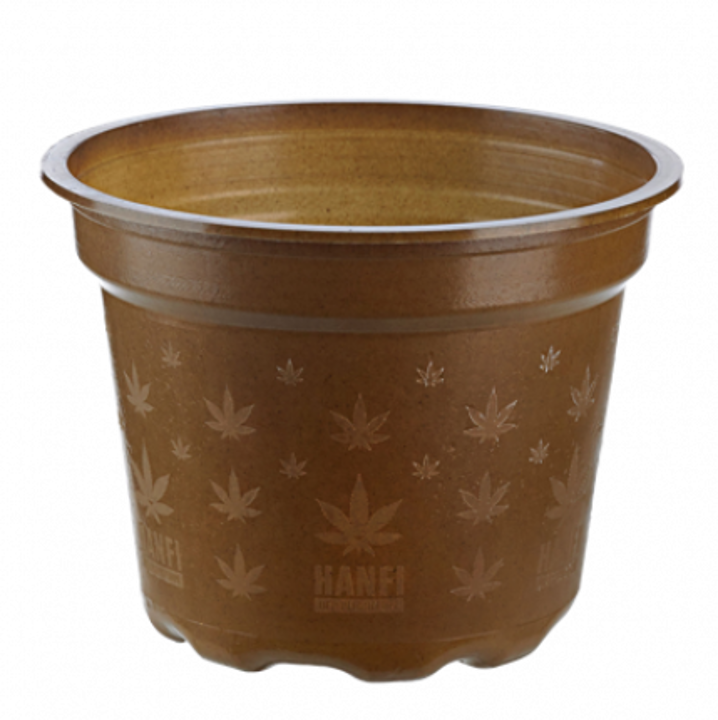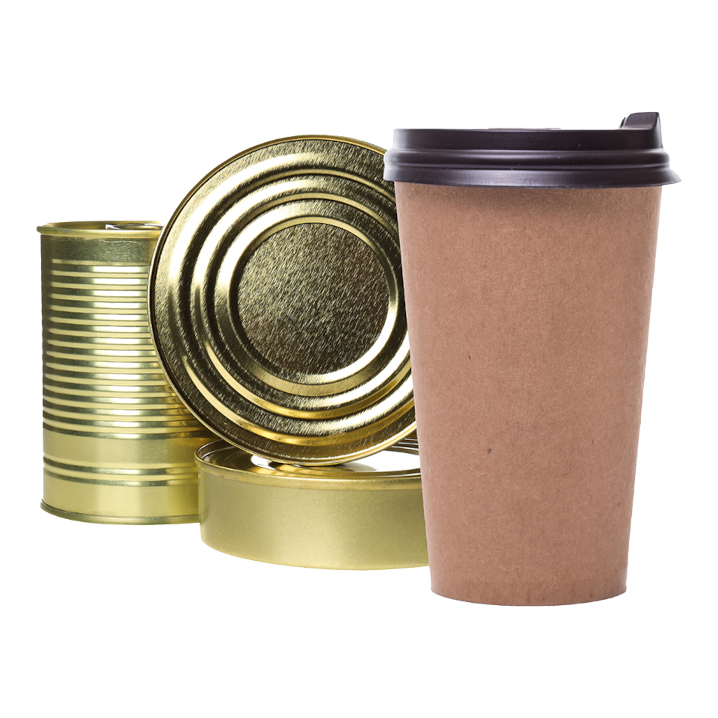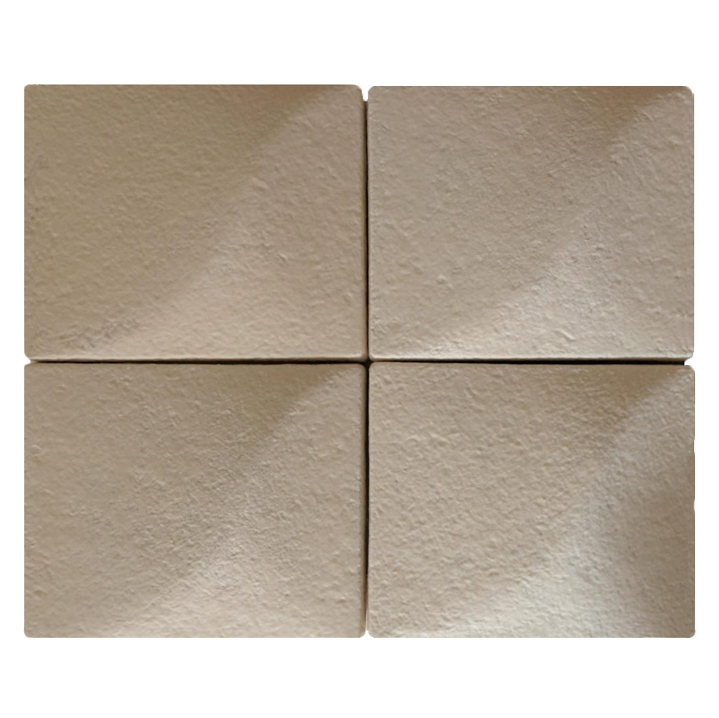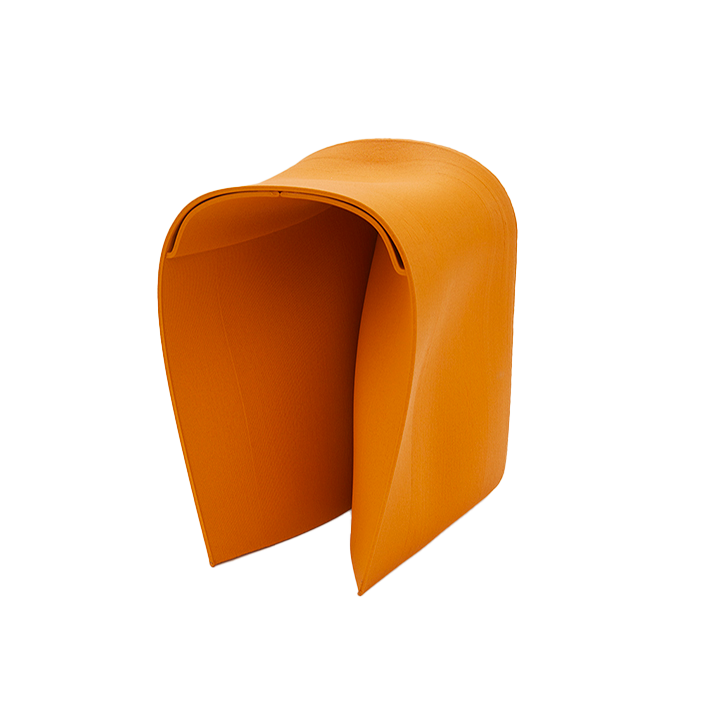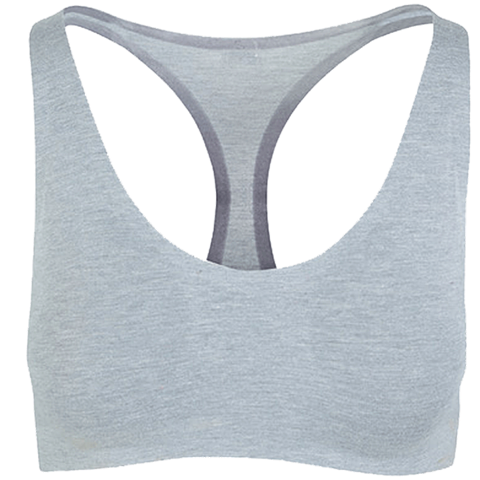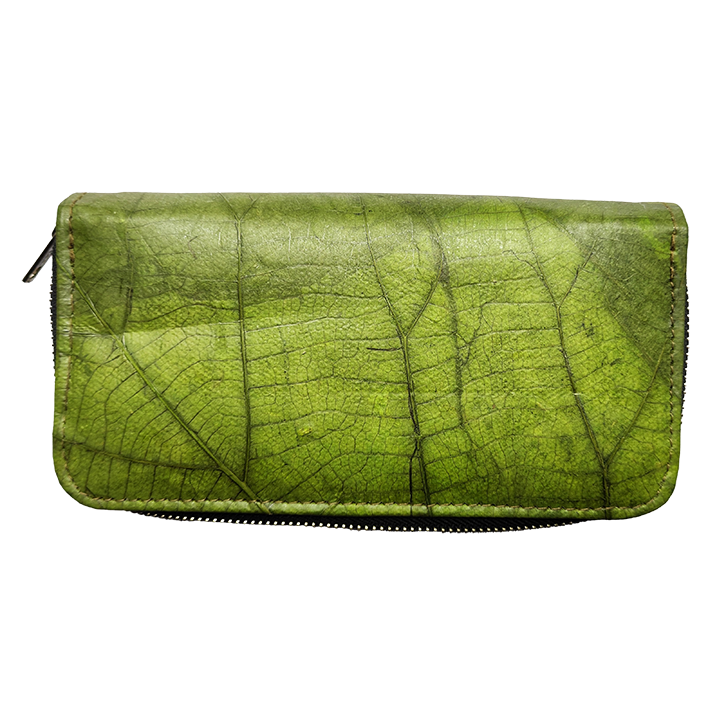Furniture coating
Wooden furniture is typically coated in lacquer, varnish or plastic. Natural alternatives, such as oil or wax, are more environmentally friendly, but there are other options too.
DATA & FACTS
Sector:
Furniture
Renewable raw material:
Hay, moss, flowers, branches
Participating companies:
lomio GmbH
Bioeconomy factor:
Use of plant-based raw materials, conservation of resources, biodegradable
Status:
On the market


Coatings on wooden furniture are usually made from lacquers, varnishes or synthetic materials. Many of these synthetic coatings are derived from fossil fuels, release harmful substances and require a lot of energy to produce. Furthermore, plastic-coated furniture is difficult to recycle.
Hay, grasses and flowers instead of synthetics
Oils and waxes are considered a more environmentally and health-friendly alternative for coatings. However, a company from the Rhineland uses a different approach for its wooden furniture, incorporating blossoms and leaves from selected flowers, hay, moss and fine branches. According to the company, most of these natural materials come from organic farming. These materials are applied to a flax fleece using an ecological binder and then inserted into the furniture.
Side effects of natural materials
Using renewable raw materials has further benefits: As the surfaces are not sealed, the natural odours of the plants used are released and the indoor climate is supported. Flowers such as roses, daisies and cornflowers also add colour accents to the coatings.
Market readiness
The wooden furniture with natural coatings is available to purchase online in a variety of designs.
Weitere Produkte
